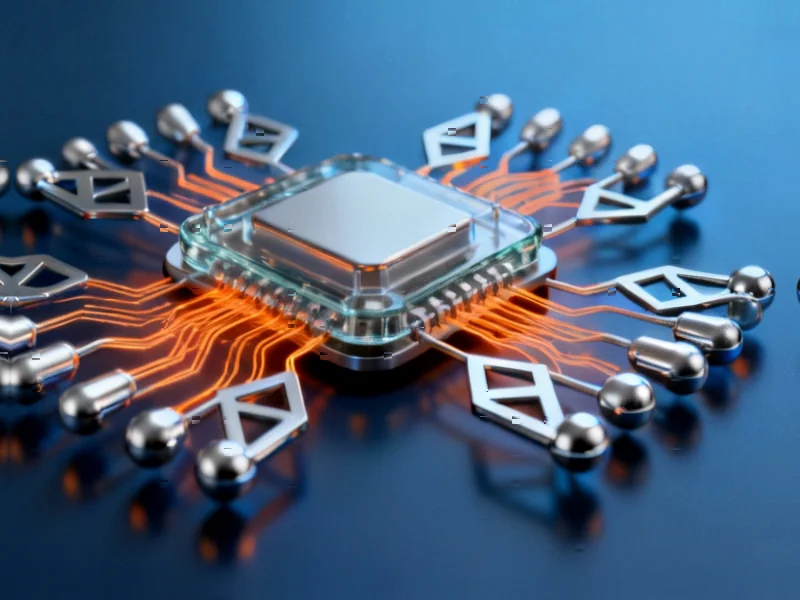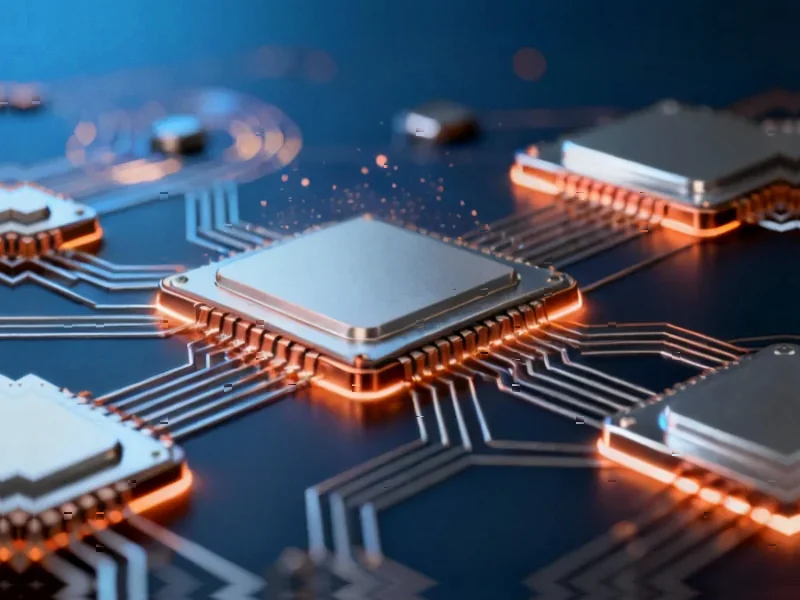According to Silicon Republic, University College Dublin is spending €724,000 on a new Nvidia DGXB200 supercomputer called AURA, representing the single biggest AI computing investment in the university’s history. The system features eight Blackwell chips and delivers three times the training performance of Nvidia’s previous generation while being 50 times faster than UCD’s existing ‘SONIC’ cluster. Funded through the Higher Education Research Equipment Grant, AURA is expected to arrive on campus by early next year and will be available to “everyone” at UCD. The university has also invested around €1.45 million in upgrading existing clusters over the past year, making UCD the most powerful Irish university campus for AI and high-performance computing. Thousands of students and researchers across fields like healthcare, cultural analytics, and climate modeling will access the system over its lifetime.
What the Blackwell chips actually deliver
Nvidia‘s DGXB200 with those eight Blackwell chips represents a serious leap forward. We’re talking about hardware that can cut research timelines from years down to days, according to UCD researchers. The 50x performance jump over their existing SONIC cluster isn’t just incremental improvement – it’s the difference between projects being practically impossible versus actually feasible.
Here’s the thing about AI research: compute constraints have been holding back academic institutions for years. While tech giants were building billion-dollar AI farms, universities had to make do with whatever they could afford. This investment puts UCD in a completely different league for academic AI work. Researchers like Dr. Andrew Hines mentioned that tasks taking a year on standard GPUs will now take days. That’s not just faster – it changes what kinds of questions researchers can even ask.
Beyond the specs – what this enables
The applications they’re planning tell the real story. Professor Gerardine Meaney’s work analyzing historical gender bias through massive cultural datasets? That requires processing power most universities simply don’t have. Dr. Hines’ machine perception research for improving Zoom calls and headphones? Needs the kind of computational muscle that’s been largely inaccessible outside Big Tech.
But here’s what really stands out: they’re making this available to graduate students across all fields. We’re not just talking computer science PhDs – this is for cultural analysts, climate researchers, healthcare innovators. The competitive advantage for students who’ve trained on enterprise-level AI infrastructure? Massive. They’ll graduate having worked with the same tools they’d encounter at Google or OpenAI.
Ireland’s quiet AI push
This investment isn’t happening in isolation. UCD positioning itself as Ireland’s most powerful university for AI computing sends a clear signal about the country’s ambitions in the AI space. With IDA Ireland actively courting tech investment and now universities building serious infrastructure, there’s a coordinated push happening.
Dr. Brian Mac Namee nailed it when he said this ensures Irish graduates stay at the cutting edge. Because let’s be honest – the AI talent war is global, and countries that don’t invest in academic infrastructure will watch their best minds migrate elsewhere. This €724k supercomputer might seem like a niche academic purchase, but it’s actually strategic national investment disguised as campus equipment.
Bridging the academic-commercial AI divide
What’s fascinating is how this begins to close the compute gap between academia and industry. For years, the most exciting AI research happened at places like Google Brain and OpenAI because they had compute resources universities could only dream of. Now institutions like UCD are getting serious hardware that lets them compete on more equal footing.
The timing couldn’t be better either. With AI model sizes stabilizing and efficiency improvements meaning you can do more with less, a system like this will remain relevant longer than it would have three years ago. It’s not just about running the biggest models – it’s about enabling the kind of iterative, experimental research that drives real innovation. And having thousands of students cycle through this system? That’s building Ireland’s AI talent pipeline from the ground up.




